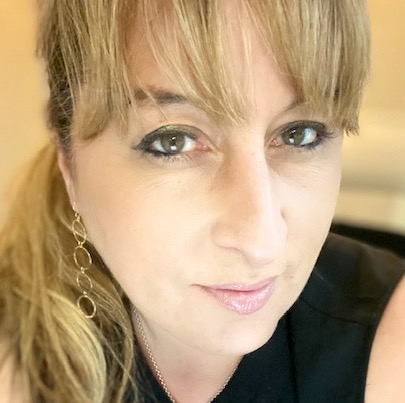
Based on our experience at Lindsay Unified School District in central CA, I recently shared four keys to successfully developing a residency program that not only prepares effective teachers, but also increases the number of diverse applicants in hard-to-staff areas like ours and encourages district graduates to return to the community to teach.
There are additional, practical steps we discovered we needed to take when choosing a residency program partner, including a series of 10 questions to ask to help ensure the residency was suited to our system’s local context, fit our recruitment needs, and was sustainable in size, structure, and implementation. Districts should customize their residency partnerships so that:
- school sites have voice and choice about whether or not to implement the residency
- cohort sizes are reasonable
- timelines for operationalizing the residency are viable
In customizing the residency experience, there should be an intentional effort from the beginning of the partnership to create alignment in mission and vision between both organizations, outline the context for the need and the expected implementation, and identify areas where there might be potential conflict in design. The goal is a truly reciprocal experience that enhances both organizations’ missions and outcomes.
Where to start?
In order to support our district in having constructive conversations and a powerful partnership with our residency partners, we worked with the national nonprofit The Learning Accelerator to research and design a list of key questions systems can ask when identifying residency partners based on The Five Domains for Teacher Preparation Transformation from Bank Street Education. This resource can be used to build an a la carte approach to residency to ensure the program chosen both meets the needs of the system and ensures that teachers coming through the pipeline are both ready and supported when entering the school year.
Top 10 questions
Before making a partnership official between the school system and residency program, it is important to be on the same page around all Five Domains. Ask these specific questions around each domain to build a strategic plan that matches your system’s needs:
Domain 1: Mindset Shifts – Support alignment between the school system and the residency partner to encourage collaboration across theory and practice.
- Where does the instructional content need to be supplemented to meet our needs? Who will do that? How?
- How will the program ensure someone from our system has a voice within the residency program and input into its core curriculum to ensure alignment?
Domain 2: Educator Roles – Leverage partnerships to provide financial incentives and create meaningful work opportunities for residents.
- Has the program implemented creative staffing models to ensure residents are given access to additional salary funds?
- Are there ways to integrate onsite work with the curriculum to potentially eliminate the need for extra coursework?
Domain 3: Labor Market – Encourage the system and residency partners to identify specific hiring needs by assessing the number of positions and specializations required by the system.
- What is the program’s impact goal for residents and the system’s sustainability?
- How will this residency partnership match our needs around a diverse pipeline?
Domain 4: School Improvement – Intentionally develop mentors to better support residents and increase capacity within the system.
- What is the ROI for mentors? (e.g., Time commitment vs. learning opportunities, leadership experience, PD, support, etc.)
- Will mentors have a voice in the residency curriculum and instructional practices to ultimately improve student learning? If so, how?
Domain 5: Deeper Learning – Create opportunities for residents to acquire the necessary skills to foster whole child development.
- How does the program support residents to learn about themselves as learners and to recognize their role as educators to ensure education equity for all students?
- How does the program ensure residents are well versed in equitable practices, whole child development, culturally relevant pedagogy, etc. so they support all students in a supportive and equitable manner?
Ensuring Continued Alignment
Once a residency partner is chosen, it is important to continue the conversation in an honest and supportive manner throughout the partnership. The goal is to ensure systems have been created to create feedback loops, identify elements to sustain, and capture the learning. Constructive conversations, built on a strong base, allow for making quick pivots and help ensure both parties are able to reach their impact goals in an effective and meaningful way.
Amalia Lopez is the director of special projects at Lindsay USD in California and one of the chief authors of the Robert Marzano publication about the district’s educational transformation, Beyond Reform: Systemic Shifts Toward Personalized Learning. She was the 2020 ASU+GSV Innovative educator of the year.
More from DA









